I often find myself telling clients that I work with in the clinic that changing running form is hard. The difficulty is not so much physical – tissues will adapt to a new movement pattern over time. Rather, the challenge is mainly neurological – it’s very hard to make the body move in a new […]
Do Maximalist Running Shoes Reduce Impact Forces?
One of the drawbacks of the scientific research process is that it is slow. It takes time to run experiments, write up results, and get those results published in a peer-reviewed journal. As a result, popular trends tend to take off before science has a chance to validate the beliefs that sparked those trends. We […]
Nike Pegasus vs. Nike Free 3.0: Does a Moderately Cushioned Shoe Encourage Barefoot-Like Biomechanics?
Nike has long touted the design of their Free line of running shoes as having been inspired by barefoot running. Indeed, the newest Free shoes have the phrase “Barefoot Ride” written right on the insole (see photo at left). Personally, I’m a fan of the Frees since they suit my preference for light, flexible, moderately […]
Foot Strike Patterns During Barefoot Running on Hard and Soft Surfaces
So far this week I have written about studies that have looked at foot strike patterns in in minimally shod or barefoot runners. A study of the Tarahumara in Mexico showed that even among individuals who habitually wear minimal footwear, foot strike patterns are variable during running. A study of the Hadza in Tanzania suggested […]
Foot Strike Patterns During Barefoot and Minimally Shod Running in Hadza Hunter-Gatherers
Yesterday I wrote a post about a study that examined foot strike patterns in Tarahumara Native Americans from Mexico. That study found that Tarahumara who habitually wear and run in minimal huarache sandals exhibit a mixture of foot strike types (40% midfoot, 30% forefoot, 30% heel), whereas Tarahumara who habitually wear and run in conventional […]
Foot Strike Patterns in Tarahumara Runners Wearing Huarache Sandals vs. Conventional Shoes
I’ve written a lot about foot strike variability over the years, but I still see people make claims that heel striking is bad, or that barefoot and minimally shod runners don’t land on their heels. Personally, I view foot strike as one aspect of running form that varies with a range of factors. These factors […]
Another Study on the Efficacy and Potential Benefits of a Retraining Protocol to Increase Running Cadence
A few weeks ago I wrote about a study that looked at the effectiveness of self-directed gait retraining for increased step rate in runners. That study found that runners could indeed make lasting changes to step rate on their own, and increased cadence altered biomechanical variables that might increase risk of injury. These changes included […]
Does Stability vs. Neutral Categorization Influence Whether I’ll Try a Given Running Shoe?
I recently mentioned in a blog post that I had purchased a pair of New Balance 1500 running shoes. The 1500s are a lightweight trainer/distance racing shoe that looked like a good match for my personal taste in running footwear. I’ve since received a few questions about whether I was concerned that the shoe had […]
Effects of Cadence Training on Running Biomechanics and Efficiency
Research has suggested that increasing running cadence (steps/minute) by 5-10% can reduce loading at the knee and hip joints, and this has spurred interest in the use of cadence training in clinical settings. In particular, Heiderscheit et al. (2011) found that increasing cadence reduced peak vertical ground reaction force, peak hip adduction, peak hip flexion, […]
Are “Strenuous Joggers” as Likely to Die as Sedentary Individuals?
Last week I took on a media article that equated a glass of wine with an hour at the gym in terms of heath benefits. That article was a case of mangled reporting of scientific research (the lead author even addressed it). This week I’ve seen a number of media articles come out about another […]
Lead Researcher Debunks the Red Wine Equals Exercise Article
Last Friday I wrote a post criticizing an article in My Daily that horrifically misinterpreted a research study on the compound resveratrol and its potential benefits as an exercise supplement. The article equated a glass of red wine to an hour at the gym in terms of health benefits. Unfortunately, there were numerous problems with […]
Is a Glass of Red Wine Per Day a Viable Substitute For Regular Exercise?
Every once in awhile an article comes through my Facebook feed that sets off alarm bells. The other day I saw a link to an article titled “A Glass of Red Wine is the Equivalent to an Hour at the Gym Says New Study.” The sub-title reads “New research reveals skipping the gym in favour […]
Can Rocker Soled Shoes Benefit Runners With Forefoot Pain?
A little over a year ago I wrote a few posts (here and here) detailing how my wife managed to overcome pain caused by a neuroma in her right foot by running in Hoka shoes. The Hokas seemed to do the trick pretty quickly, and I’ve since heard anecdotes from others who seem to have […]


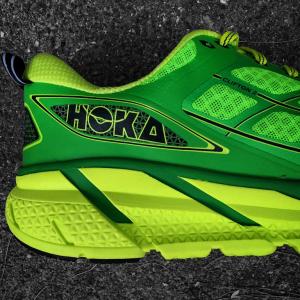
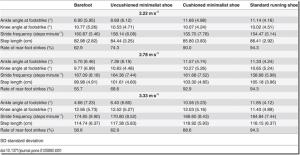

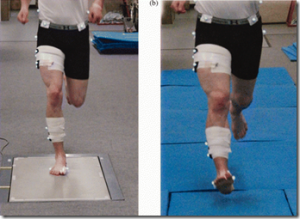
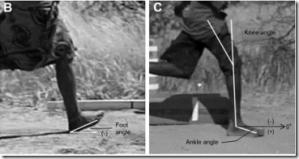
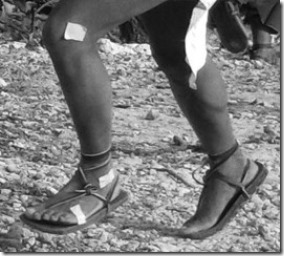


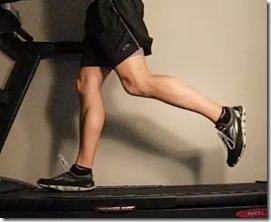
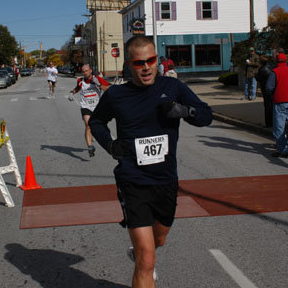
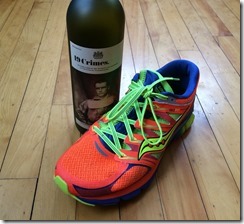

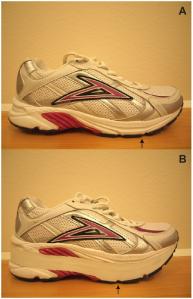










Minimal vs. Maximal: Why Are We Still Debating This?
I just read an article over on the Natural Running Center website titled “Why Minimalism Went Flat.” The article, written by Jim Hixson, provides his take on the reasons behind the rise in maximal footwear and the decline in minimal footwear. Since I’m mentioned in the opening paragraph, I thought I’d share some thoughts on […]